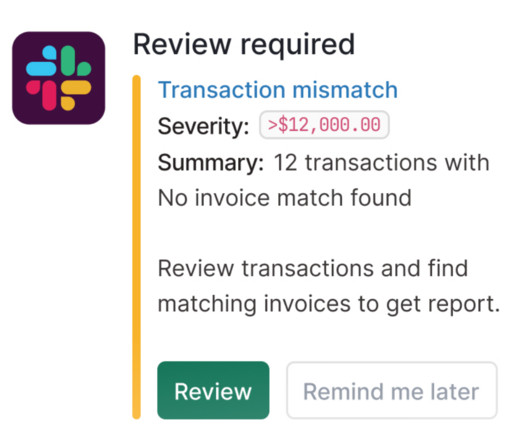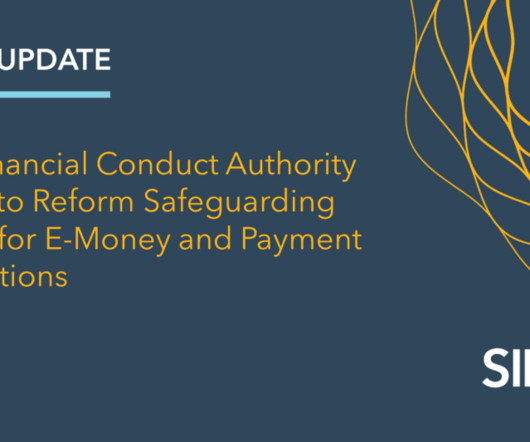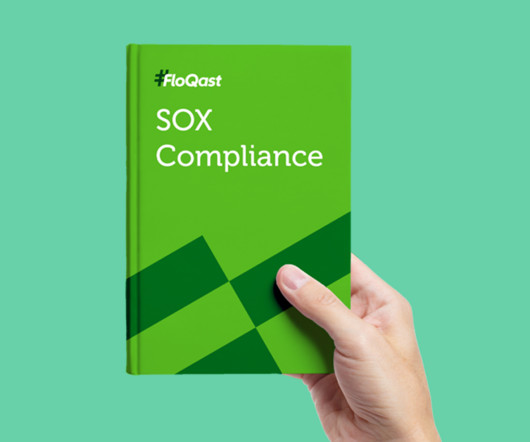Expense Reconciliation: Step-by-Step Guide
Nanonets
MAY 7, 2024
Expense reconciliation is the process through which businesses track expenditures, identify anomalies, adhere to regulatory requirements, and maintain financial accuracy and integrity. What is Expense Reconciliation? Fraud Prevention: Expense reconciliation plays a critical role in fraud prevention.

















Let's personalize your content